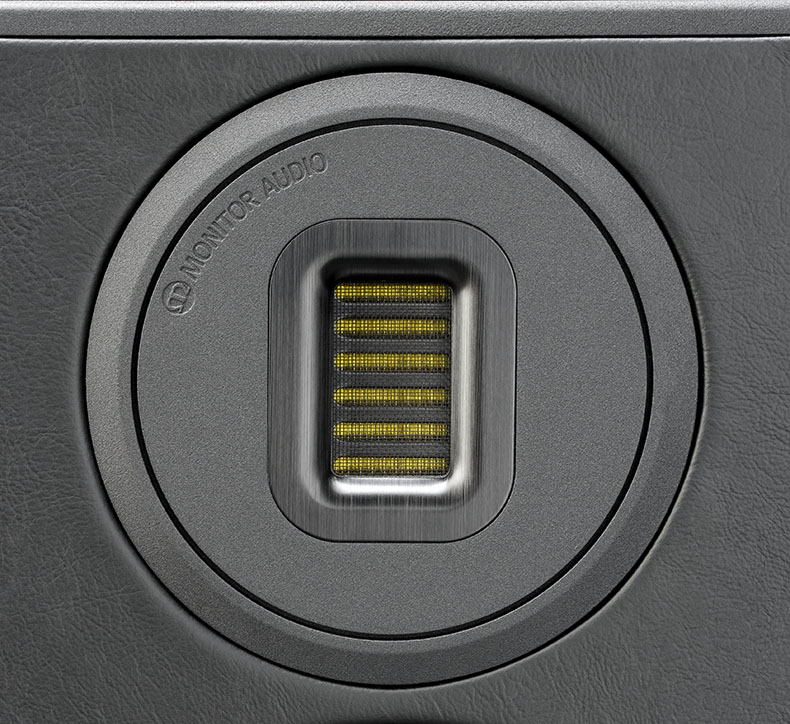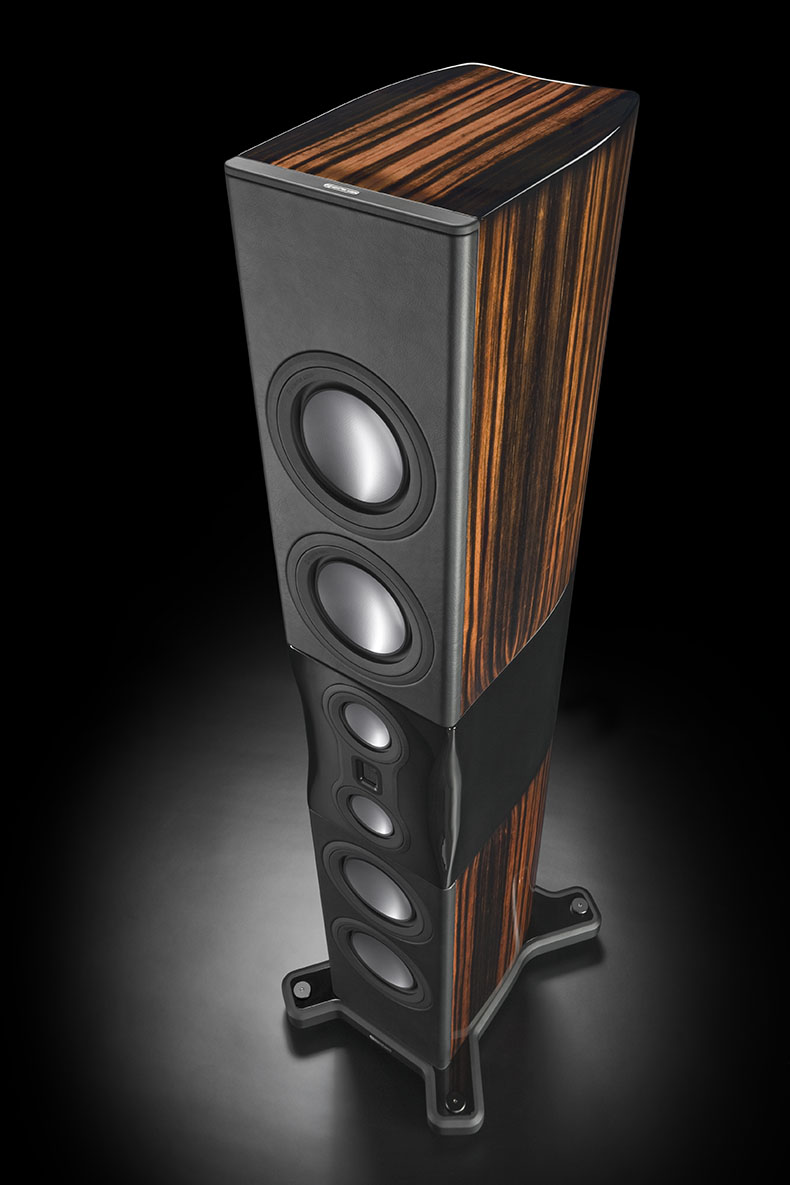Monitor Audio unveils new flagship Platinum Series II speaker range
It has taken several years to develop the Series II version of Monitor Audio's Platinum speakers, which start from £3150 a pair, and they'll go on sale after CES in January.

Monitor Audio's current Platinum series has been around for nearly 15 years, and we've been using it as the mainstay of our surround sound system in the What Hi-Fi? home cinema test room for several years.
But it's about to be replaced with the all-new Series II which goes on sale in January. Although it will be officially launched at CES in Las Vegas in January, we managed to gain a sneak preview. There are seven speakers in the range, starting at £3150/pair for the PL100 II standmounters up to £15,000 for the nearly 2m-tall PL500 II model.
One of the technical highlights is the new Micro Pleated Diaphragm (MPD) high-frequency transducer used across the range. This uses a thin, low-mass pleated diaphragm with a surface area eight times larger than that of a traditional dome tweeter, which is said to offer greater accuracy and efficiency.
Monitor Audio says its MPD tweeter operates with a uniform output to over 100kHz.
As for the RDT II bass and midrange drivers, they use a composite 'sandwich' structure made from ultra-thin low mass skins, bonded to a honeycomb Nomex core material. Unlike the RDT construction for the original Platinum, which used two C-CAM skins, the RDT II uses C-CAM for the front skin and the rear skin is made from a woven carbonfibre material.

In addition, Monitor Audio's engineers say they have reduced distortion at the upper end of each driver's range by coupling the voice coil with the cone using a nylon ring in place of aluminium. This so-called 'Dynamic Coupling Filter' (DCF) is said to act as a solid part up to the crossover frequency, and above that it acts like a damping spring, reducing the transmission of energy between the voice coil and cone.
An improved crossover design incorporates new air core inductors in the mid-range and tweeter sections and laminated steel cores for the bass sections.
The latest hi-fi, home cinema and tech news, reviews, buying advice and deals, direct to your inbox.
Platinum II's bespoke speaker terminals are precision milled from solid copper with Rhodium-plated conductor parts. The terminals can accept a spade, 4mm banana plug or bare wire up to 4mm in diameter.
As befits a flagship range, there's a choice of natural wood veneers in Santos Rosewood or Natural Ebony, applied and hand-finished with 11 layers of clear gloss piano lacquer. They can also be bought in a piano black gloss lacquer. The front baffles are hand-upholstered in high-quality Inglestone leather. Each Platinum speaker takes up to 144 hours to make.

The full Monitor Audio Platinum II range comprises:
PL100 II compact two-way monitor with a single 6.5in RDT mid/bass driver and MPD tweeter (£3150/pair)
PL200 II compact three-way/four-driver floorstander with twin 6.5in RDT bass drivers, 4in RDT II mid-range driver and MPD tweeter (£6300/pair)
PL300 II three-way/four-driver floorstander with twin 8in RDT II bass drivers, 4in RDT II mid-range driver and MPD tweeter (£8000/pair)
PL500 II flagship three-way/seven-driver tower using four 8in RDT II bass drivers, two 4in RDT II mid-range drivers and and MTM configuration with the MPD tweeter (£15,000/pair)
PLC150 II centre speaker with a single 6.5in RDT II bass driver, single 6.5in RDT II mid/bass unit and MPD tweeter (£2100 each)
PLC350 II, a bigger centre speaker with twin 8in RDT II bass drivers, 4in RDT II mid-range driver and MPD tweeter, designed for use with the PL300 II and PL500 II models (£3150 each)
PLW215 II Sub, a sealed twin 15in active subwoofer with individually powered C-CAM drivers and power of 1400W (£3500 each)
Andy is Global Brand Director of What Hi-Fi? and has been a technology journalist for 30 years. During that time he has covered everything from VHS and Betamax, MiniDisc and DCC to CDi, Laserdisc and 3D TV, and any number of other formats that have come and gone. He loves nothing better than a good old format war. Andy edited several hi-fi and home cinema magazines before relaunching whathifi.com in 2008 and helping turn it into the global success it is today. When not listening to music or watching TV, he spends far too much of his time reading about cars he can't afford to buy.

